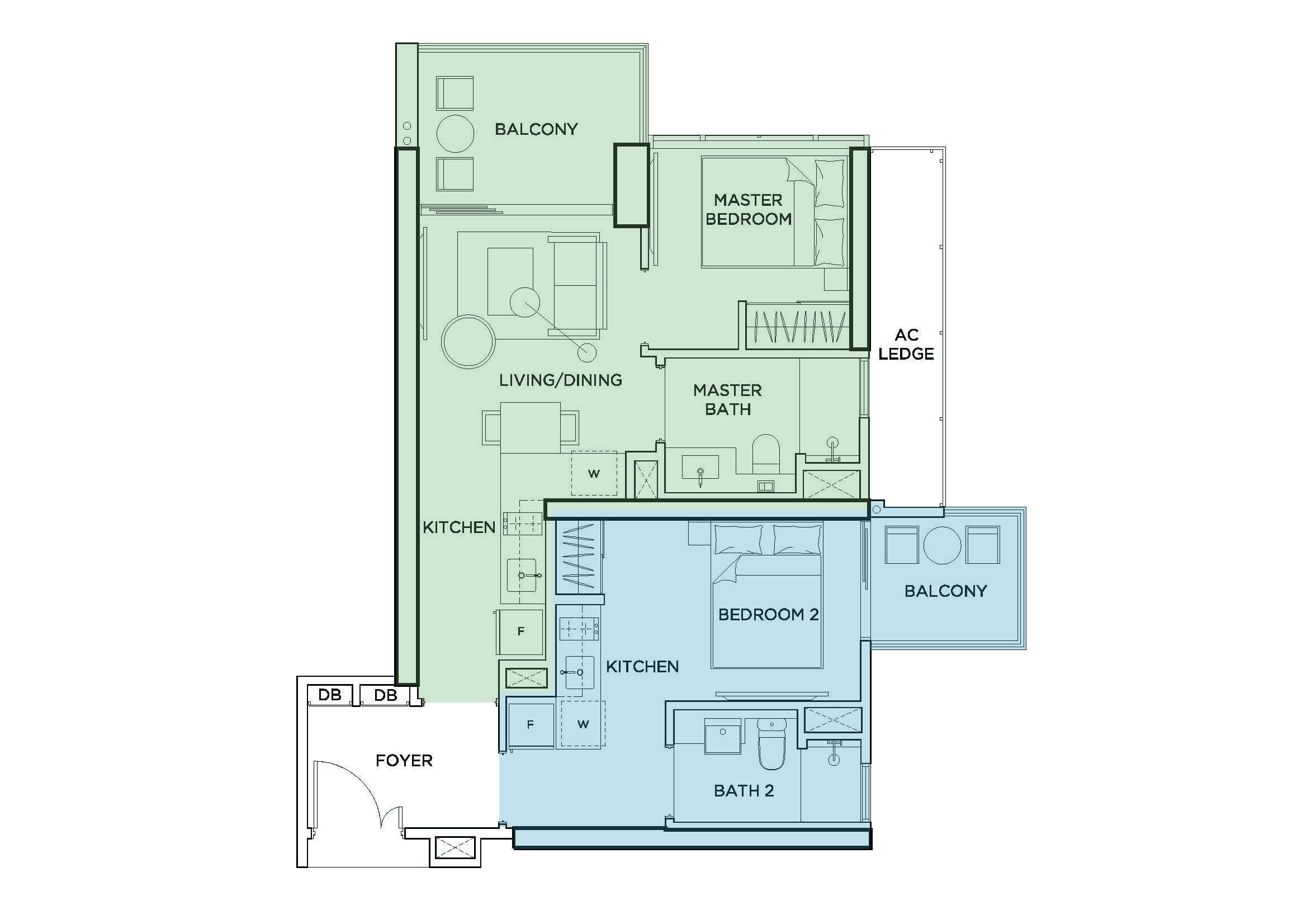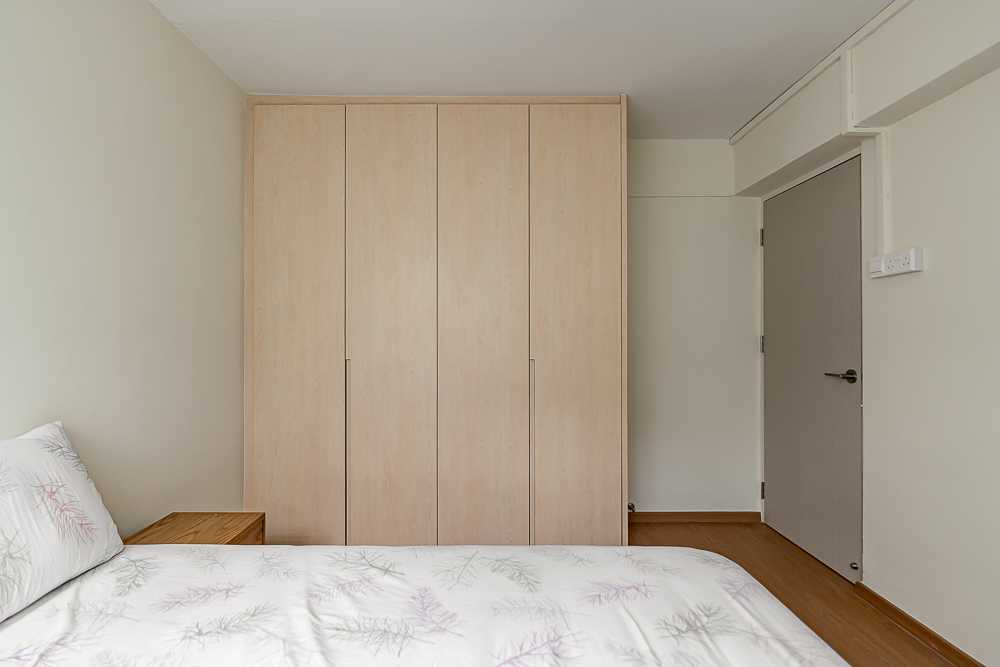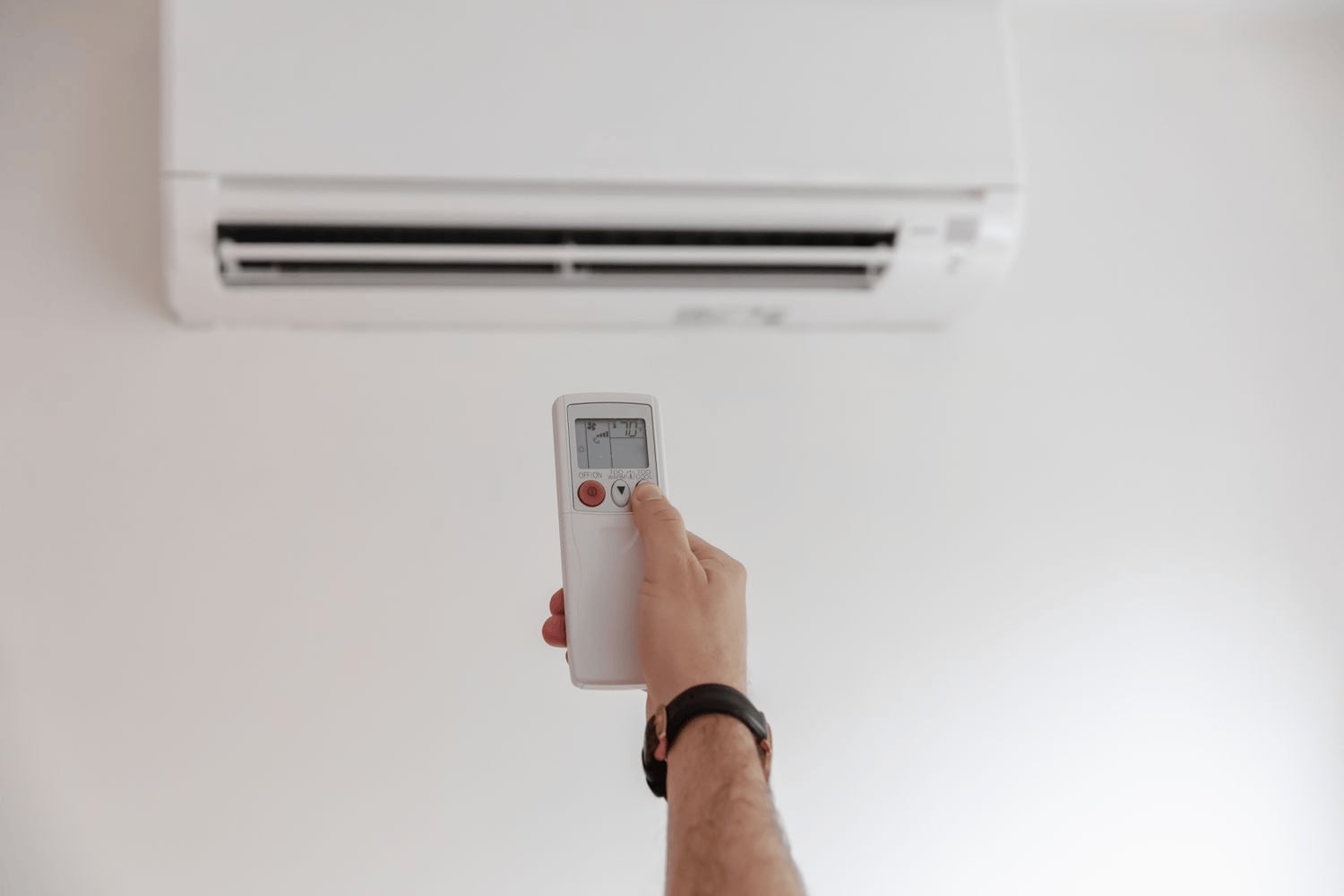How To Design A Home That’s Pet-Friendly
If you own pets, you already know how important it is to create a home that is safe and welcoming for your furry companions.
Most pet owners we know don’t just look at their pets as, well, pets. They come to treat their pets as their own children, or as some call it, “fur-babies”.
With this in mind, pet owners generally do what they can to accommodate their pets’ needs, and ensure that their pets get to live in a comfortable environment.
In this article, we’ll share practical tips on both renovation and home design that will help you create a pet-friendly haven for your beloved pets.
Let’s jump right in!
Renovation Tips For Creating A Pet-Friendly Home
Let’s start with a few renovation tips to ensure your home is pet-friendly from the ground up.
PS: If you don’t want to renovate and you’re just looking for easy-to-incorporate tips that require less time and effort, skip to the next section!
#1: Choose pet-friendly flooring materials
When it comes to flooring, opt for materials that are durable and scratch-resistant.
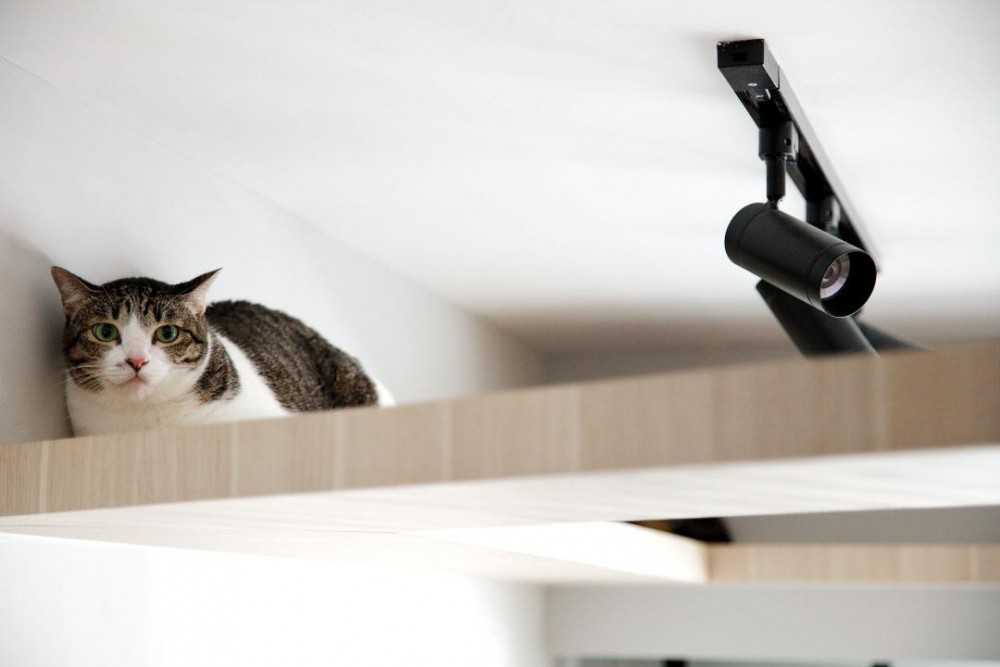

Chai Chee ($85,000) by Free Space Intent
Consider ceramic tiles, vinyl, or laminate, as they can withstand the wear and tear caused by your pets’ paws. These materials are also easy to clean, which is essential for handling any pet accidents or spills.
Firstly, ceramic tiles are a popular choice for pet owners due to their excellent durability and scratch-resistant properties. They can withstand the impact of your pets’ claws, making them a reliable option.
Additionally, ceramic tiles are easy to clean, making it simple to wipe away any accidents or spills.
Next, vinyl flooring is another popular choice amongst pet owners, thanks to its versatility and pet-friendly features.
Vinyl is highly durable, making it resistant to scratches and scuffs caused by pet activity. It is also known for its water resistance, making it an ideal choice for areas prone to accidents or spills.
Finally, laminate flooring is another pet-friendly option that offers a balance between durability and affordability.
While not as scratch-resistant as ceramic tiles, laminate flooring is designed with a protective layer that helps withstand the impact of pets’ claws.
Laminate is also relatively easy to clean and maintain, requiring regular sweeping and occasional damp mopping.
#2: Look for flooring with scratch-resistant finishes
Ceramic, vinyl and laminate aside, you can also look for flooring with scratch-resistant coating or finishes.
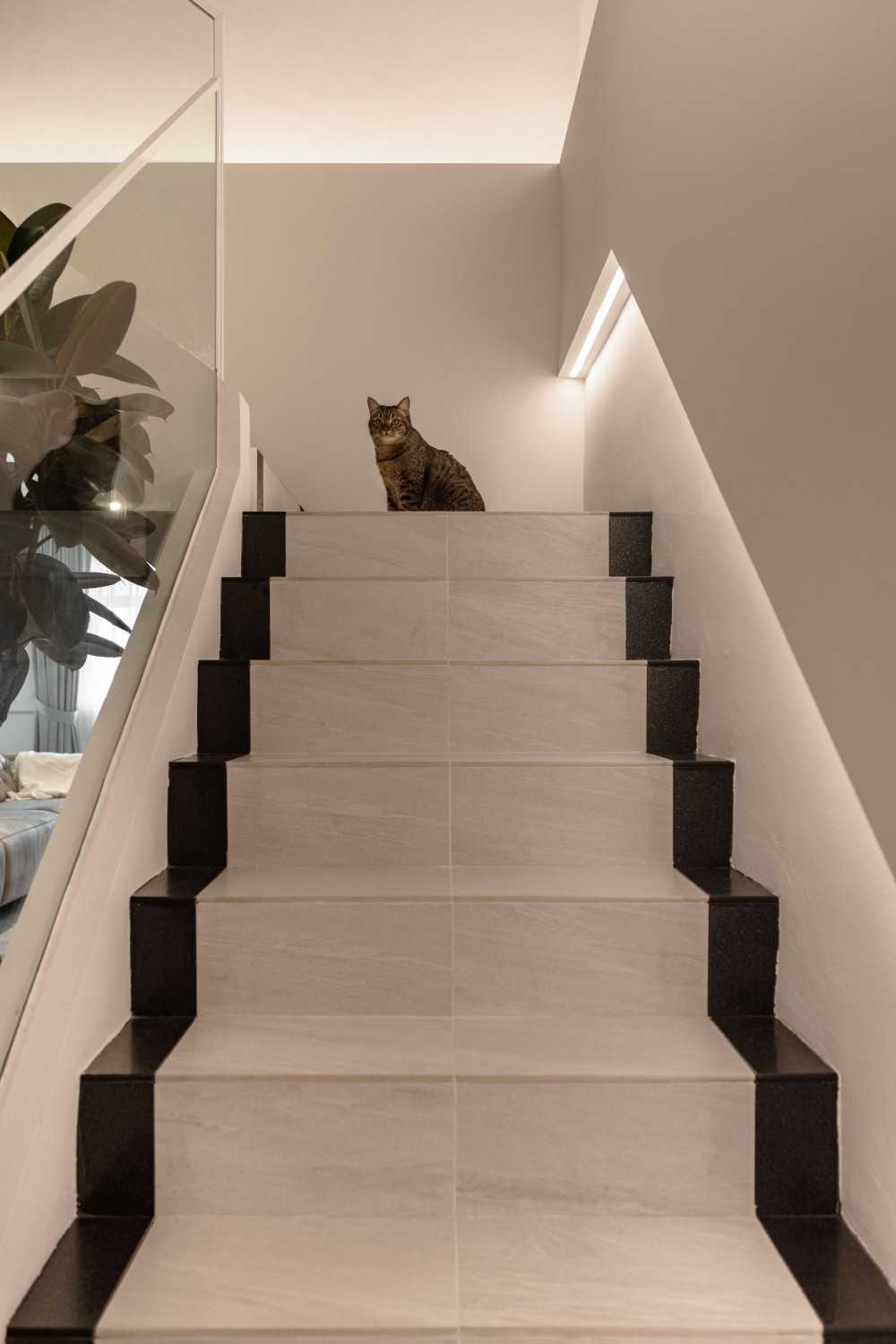

861 Jurong ($138,000) by The Interior Lab Pte Ltd
These coatings are designed to add an extra layer of durability and scratch resistance to the surface of the flooring material.
One example is ceramic bead coating, which is commonly used in luxury vinyl flooring and laminate flooring to enhance scratch resistance.
This coating incorporates tiny ceramic beads into the top layer of the flooring material, creating a robust and scratch-resistant surface. The ceramic beads act as a protective shield, minimising the impact of pet claws and other potential sources of damage.
Of course, while these specialised coatings and finishes provide an added layer of protection, they do not make the flooring completely scratch-proof.
Regular maintenance and preventive measures, such as keeping pet nails trimmed and using rugs or mats in high-traffic areas, are still recommended to minimise the potential for scratches.
#3: Look for flooring with patterns or texture
Another flooring tip is to opt for flooring with patterns or textures that can help mask or camouflage any inevitable scratches or minor imperfections caused by pets.
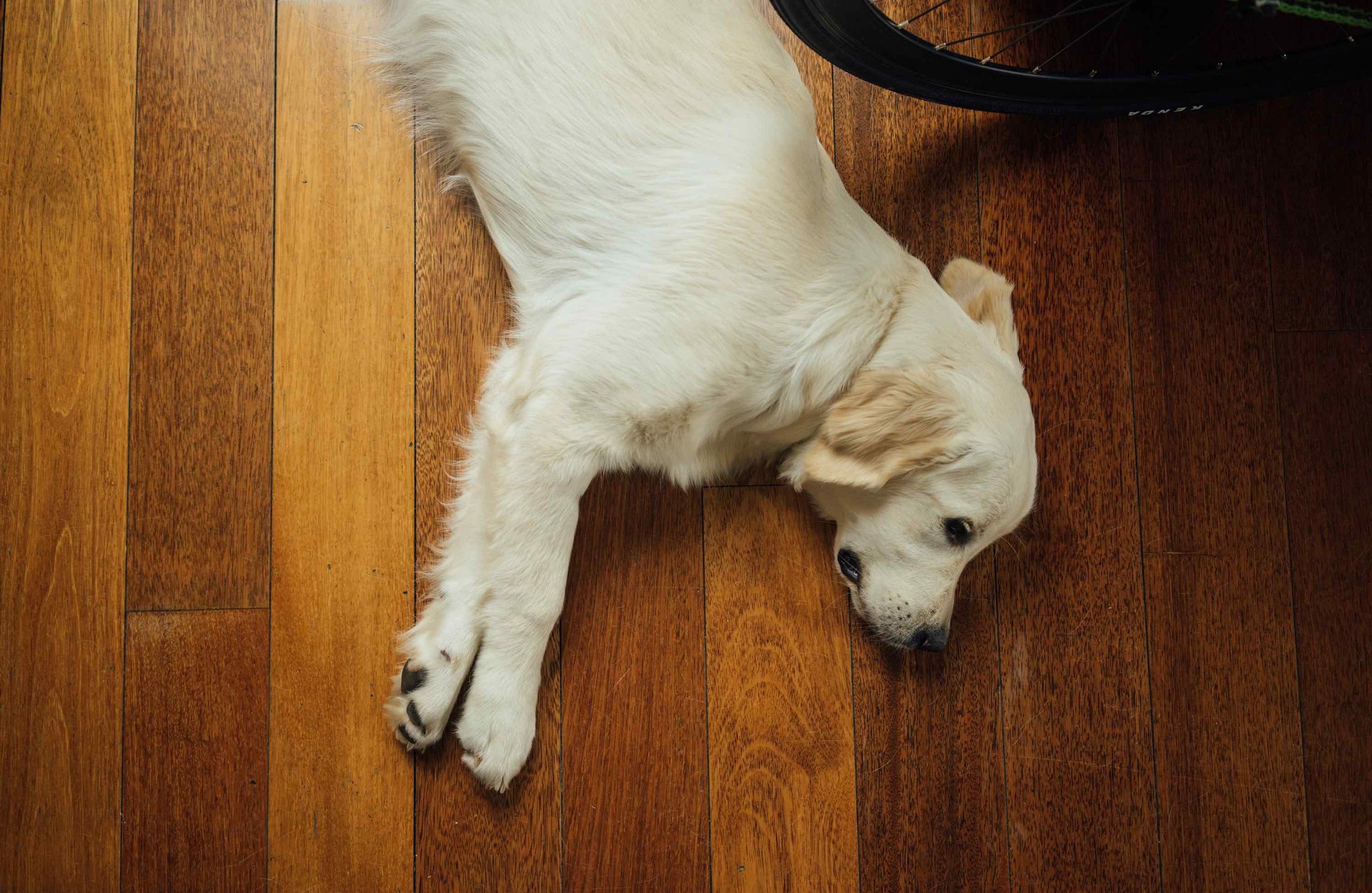

Here are some examples:
- Textured or distressed finishes
- Multi-tone or variegated patterns
- Patterned tiles or vinyl planks
- Matte finishes
Textured or distressed finishes
Textured finishes, such as hand-scraped or wire-brushed surfaces, create a rustic or aged look that naturally hides imperfections. These textures add depth and dimension to the flooring, making any scratches or dents less noticeable.
Multi-toned or variegated patterns
These patterns create visual interest and variation, which can divert attention away from any surface imperfections. The different shades or colors within the flooring design can make scratches blend in and become less conspicuous.
Patterned tiles or vinyl planks
You may also consider flooring materials like ceramic or porcelain tiles, or luxury vinyl planks (LVP) that come in patterns or designs. These patterns can help mask scratches by breaking up the visual continuity of the flooring.
Intricate patterns, such as herringbone or chevron, can be particularly effective at concealing minor scratches.
Matte finishes
Flooring with a matte finish tends to be more forgiving when it comes to showing scratches compared to high-gloss finishes. This is because matte finishes have a non-reflective surface that can help diminish the visibility of scratches and reduce the appearance of wear and tear.
Lighter-colored floors may show scratches more easily, while darker or multi-toned options can be more forgiving in this regard.
#4: Be careful when it comes to landscaping
If you have a balcony or a patio and you’re intending on doing landscaping, do some research and make sure the plants you’re adding are pet-friendly.
Some plants can be toxic to pets if ingested. Pesticides or fertilizers may be toxic to pets as well.
Home Design Tips To Help You Create A Pet-Friendly Home
Renovation tips aside, here are some other home design tips to make your home more comfortable for your pets.
#1: Select the right furniture
When it comes to furniture, selecting the right pieces can make a significant difference in creating a pet-friendly home.
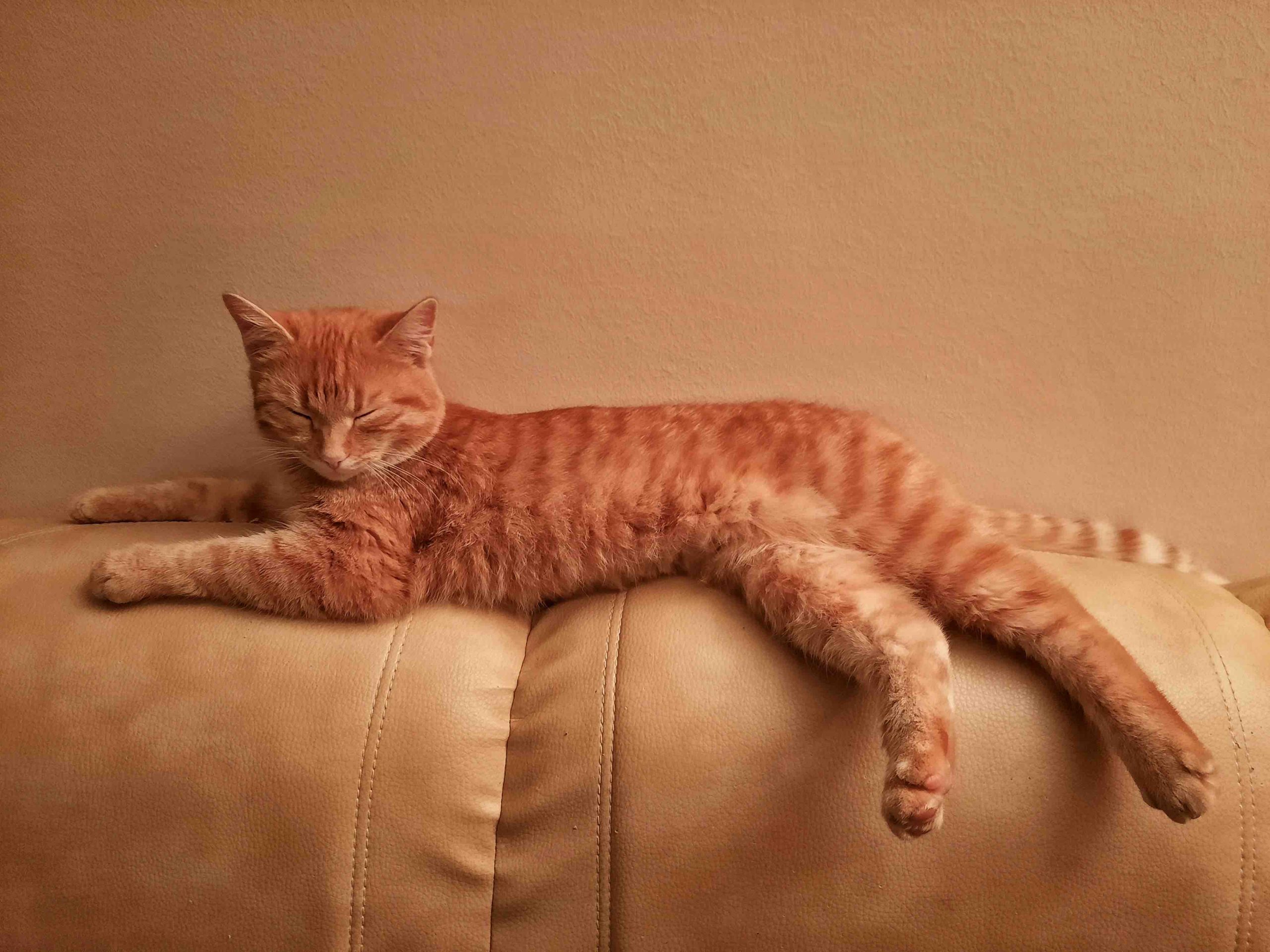

Generally, you’d go for furniture options that are scratch-resistant and can withstand the activities of your pets.
Take microfibre sofas, for instance.
Microfibre is a synthetic fabric that is known for its durability and resistance to stains, making it an excellent choice for pet owners.
It has a tightly woven texture, making it less likely to trap pet hair compared to other fabrics. For this reason, microfibre sofas are known to be easy to clean – most pet hair can be easily removed with a vacuum or a lint roller.
PS: Most sofa stores in Singapore are able to customise the material of your sofa. So if you fall in love with a particular sofa design, but it’s in leather (or any other material), just ask the store if they can make it in microfibre fabric instead. Chances are, they’ll be able to!
The material of the sofa aside, consider sofas with removable and washable covers for effortless maintenance.
Washable covers are particularly beneficial for households with pets prone to shedding or for those dealing with occasional accidents.
Look for furniture with covers that are machine-washable or have removable components that can be dry-cleaned. This makes maintenance hassle-free and helps keep your furniture looking fresh and clean.
Finally, pay attention to the sturdiness of your furniture.
Here, opt for furniture with sturdy construction to withstand the activities of your pets, such as jumping or climbing. Avoid any furniture that’s delicate or intricate, as these can be easily damaged or broken by active pets.
#2: Creating pet-friendly zones
Once you have the right furniture, it’s time to arrange it in a way that creates pet-friendly zones.
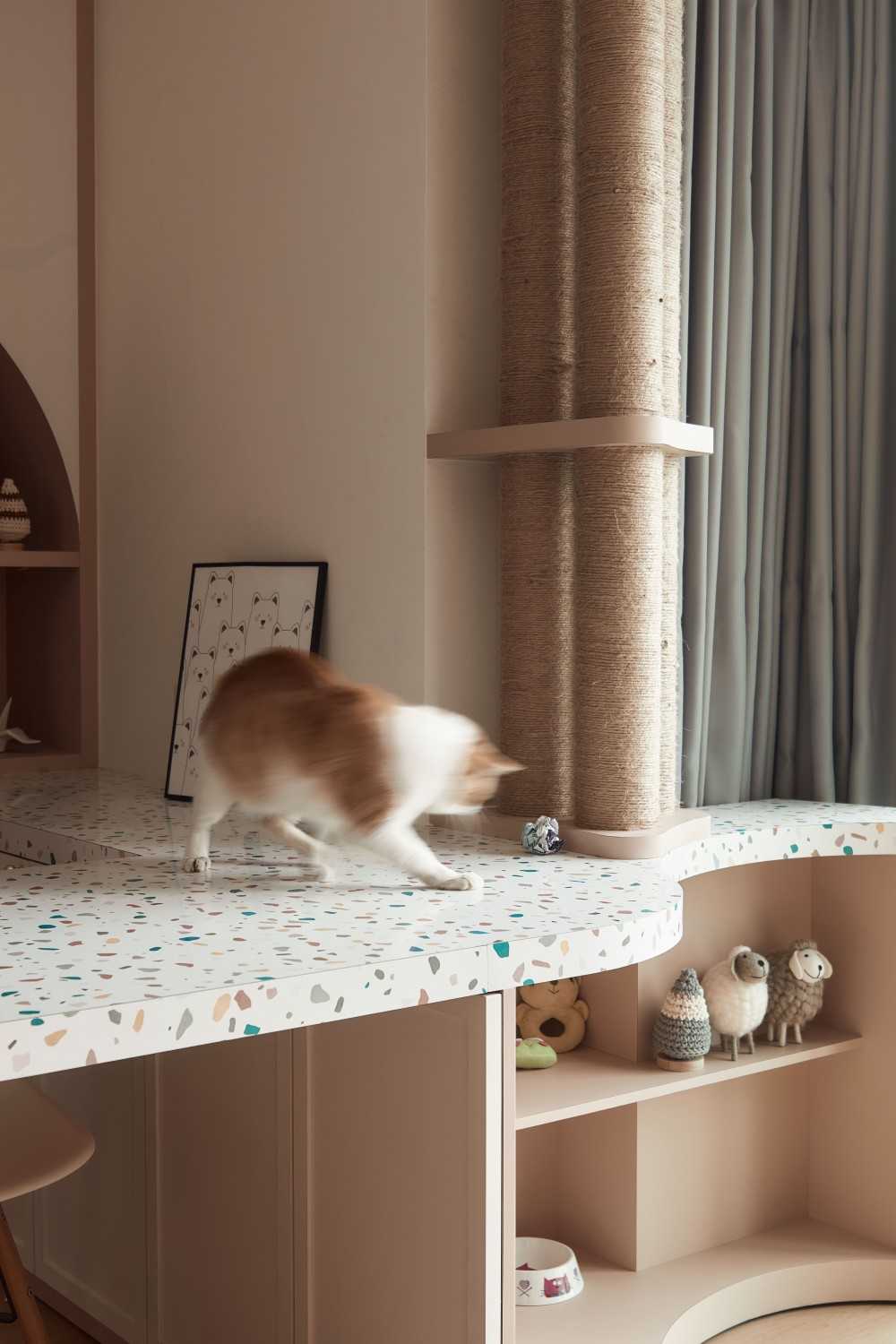

102A Punggol Field ($40,000) by Starry Homestead Pte Ltd
This is pretty straightforward – you’ll want to set up cozy corners or dedicated spots where your pets can relax and feel comfortable. This can be a designated area in the living room, bedroom, or any other suitable space in your home.
Place a soft pet bed or cushion in the corner, along with their favorite toys or blankets. Consider adding a nearby shelf or side table to store their essentials, such as food bowls, treats, or grooming supplies.
By creating these cozy corners, you provide your pets with a sense of their own space within your home.
If you have cats, you may also want to set up a window perch, as cats love to observe the world outside.
This can be a shelf or a specially designed cat perch attached to a window sill. (If you’re looking for cat perches, you can find these on Shopee, Lazada or Taobao).
Make sure the perch is stable and securely installed to ensure your cat’s safety. Adding a soft cushion or blanket to the perch will make it even more inviting.
Finally, similar to the idea of a perch, cats love wall-mounted shelves that allow them to climb, jump and explore their surroundings. These are simply shelves or platforms that are mounted at different heights, so that your cat can fulfill their natural instinct to climb and jump from platform to platform.
#3: Figuring out storage
Organizing pet supplies is an essential part of a pet-friendly home. And this all boils down to… storage!
Firstly, use baskets or bins to store toys, blankets, and other loose items.
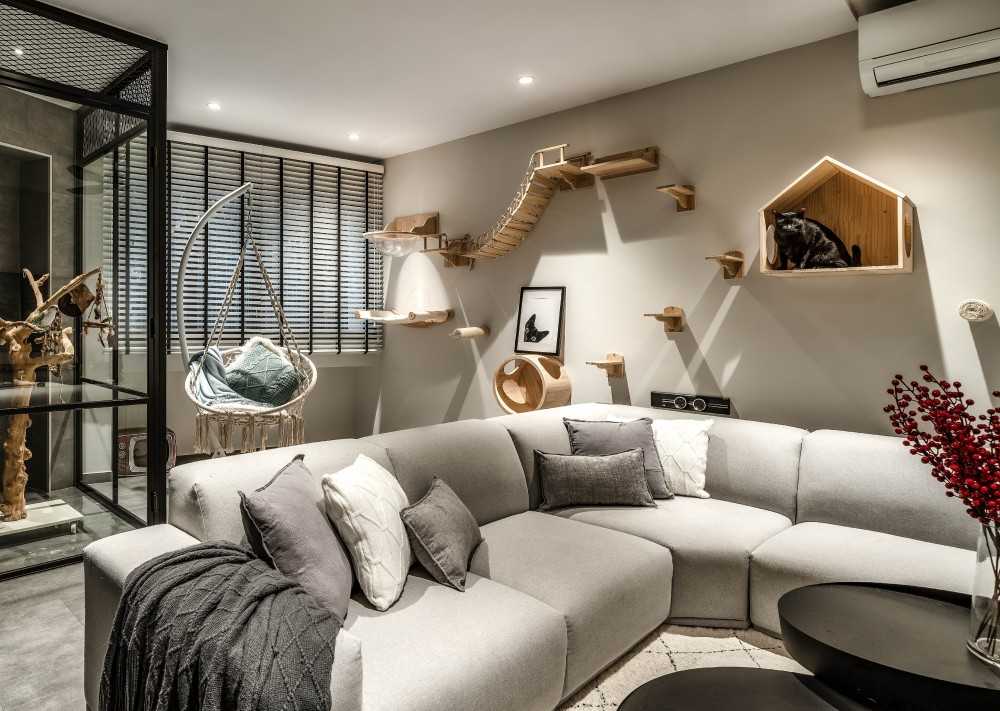

Woodlands Ave 1, Singapore ($80,000) by Weiken.com Design Pte Ltd
Here, opt for sturdy, easy-to-clean options that can withstand pet-related wear and tear. Label the baskets or bins for easy identification and to keep items organised. This not only reduces clutter but also makes it simple to find and access your pet’s belongings when needed.
If you have enough space, consider installing cabinets or shelving units to store larger items such as pet food, treats, and grooming supplies.
It’s a good idea to dedicate a specific cabinet or shelf for these items to keep them separate from your household supplies. This helps prevent confusion and ensures that your pet’s essentials are always within reach.
If you’re doing this, choose cabinets with adjustable shelves to accommodate different-sized items and maximise storage space.
Finally, designate an area in your home for grooming your pets. This can be a bathroom corner, laundry room, or any other suitable space.
Once you have a dedicated space, it’s time to optimize that space and make it conducive for grooming!
Install hooks or pegs to hang grooming tools such as brushes, combs, and towels. Keep pet shampoos, conditioners, and other grooming products in a nearby cabinet or shelf. Also, consider adding a non-slip mat or cushion to provide a comfortable and secure surface for your pets during grooming sessions.
#4: Designing a feeding station
There are plenty of options when it comes to feeding stations – so think about what makes sense for your pet and your lifestyle, and go from there.
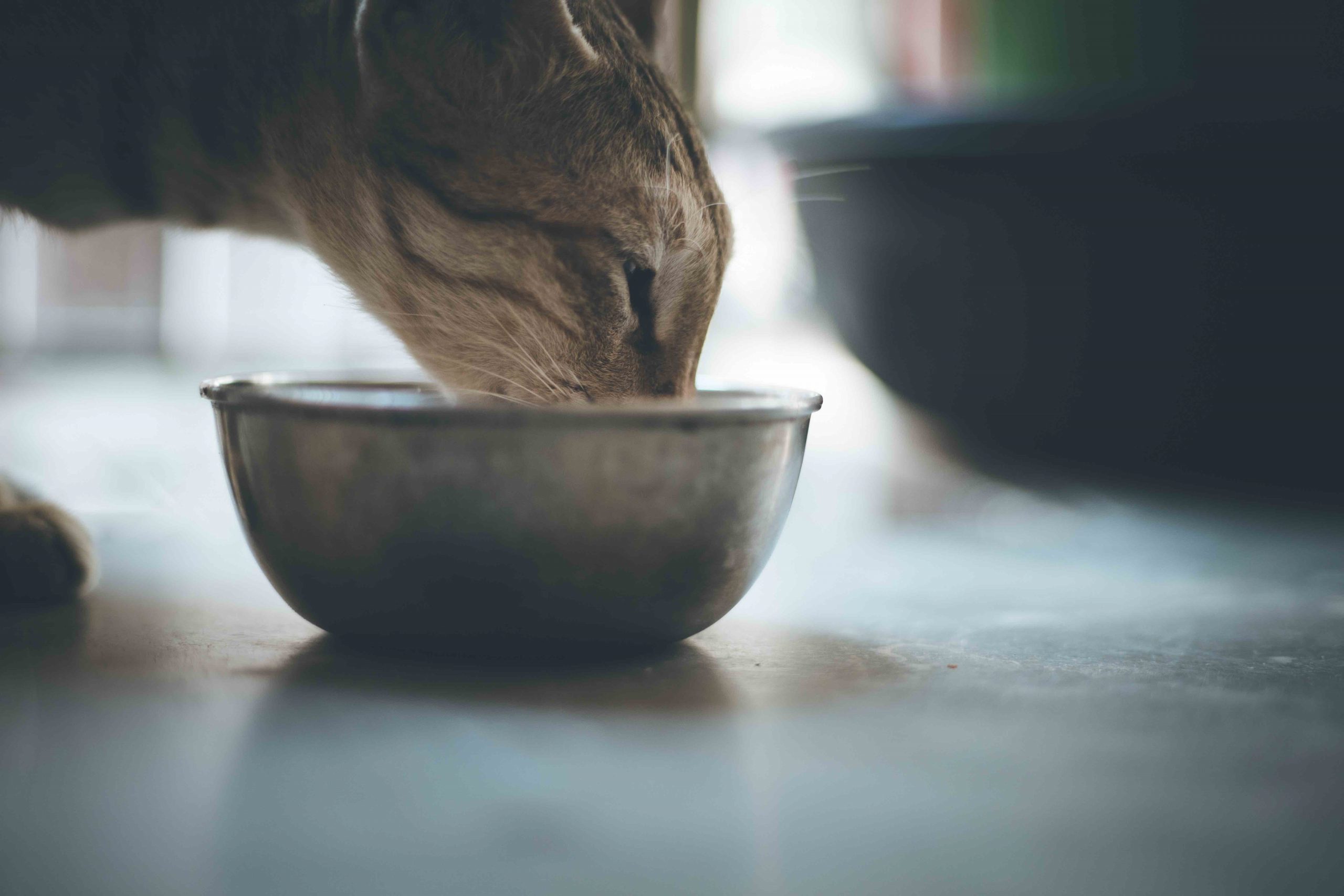

Here are a few options to consider:
- Elevated feeding stations: Elevating your pet’s food and water bowls can provide several benefits. It promotes better posture while eating, reduces strain on the neck and joints, and can aid in digestion. Look for elevated bowls or raised platforms that suit your pet’s size and needs.
- Wall-mounted dispensers: Installing wall-mounted dispensers can save valuable space and make feeding time more convenient. These dispensers can hold treats or store extra food bags, keeping everything within easy reach.
- Standard feeding stations: A traditional feeding station with bowls placed on the floor can work well for many pets. Choose sturdy and easily cleanable bowls that suit your pet’s size and dietary requirements.
Once you’ve decided on a type of feeding station, allocate a specific corner in your home to the feeding station.
Most people set up their feeding stations in their kitchen by default, but again, it all depends on your usage and lifestyle.
Ideally, you should choose a quiet area that’s away from high traffic or noise. So if you cook a lot of stir-fries with your hood turned on (hence generating a lot of noise), you might want to locate the feeding station in a spare bedroom or study instead.
The goal is to create a calm environment for your pets to enjoy their meals.
Finally, think about how to keep your feeding station neat and clean. One easy way is to place a tray or mat underneath the bowls to catch spills, drips, and food debris. Opt for materials that are easy to clean and have raised edges to contain any mess.
#5: Adding a litter box in your home
This one is for the cat owners out there – here are some tips on adding a litter box to your home!
Choose the right litter box and litter
Select a litter box that suits your cat’s size and preferences – this should be a box that provides enough space for your cat to comfortably enter, turn around, and dig.
Between covered and open litter boxes, covered litter boxes can offer privacy, while open ones are more accessible and easier to clean.
If you have multiple cats, it’s generally recommended to have one litter box per cat, plus an extra box.
And when it comes to the litter, again, there’s no hard and fast rule – it comes down to your cat’s preference.
Cats have different preferences for litter texture and scent, so it may take some trial and error to find the right one.
Common litter types include clumping, non-clumping, silica gel, and natural alternatives like corn, wood, or paper-based litters. Avoid using scented litter if your cat is sensitive to strong odors.
Find the right location for the litter box
Set up the litter box in a quiet and accessible area of your home. Cats prefer privacy when using the litter box, so avoid placing it in high-traffic areas or near loud appliances.
Ideally, choose a location away from their food and water bowls.
Cats are naturally clean animals, and they prefer to keep their bathroom area separate from their eating and drinking areas. Placing the litter box in close proximity to their food and water bowls may make them uncomfortable and discourage them from using the litter box.
Cats also have a strong sense of smell – so having their bathroom area near their food can create an unpleasant association for them.
Additionally, make sure the litter box is easily accessible for your cat, especially for older cats or kittens with limited mobility.
For covered litter boxes, ensure there are multiple exit routes in case your cat feels trapped or anxious. This can help them feel more secure and avoid any potential litter box aversion. Consider leaving one side of the litter box partially uncovered or providing an additional escape route.
A Final Word On Designing A Home That’s Pet-Friendly
Designing a pet-friendly home doesn’t have to be a daunting task.
With these renovation and design tips, you can create a space that not only reflects your personal style but also caters to the needs of your beloved pets.
Remember, a pet-friendly home is a happy home for both you and your furry companions! 😉
Want to check out home renovation projects for more inspiration? Browse pet interior ideas on Hometrust, or click the button below to get connected with expert designers!
Renovating soon? Let Hometrust recommend the best interior designers.
If you are reading this, you are probably wondering how you can create your dream home.
Here’s the thing, everyone’s needs and requirements for their home renovation is different. A designer that may work for someone else, may not quite work for you.
At Hometrust, we’re here to help match top rated designers, recommended by past homeowners to you through our data-driven and matching algorithm.
Whether you are looking for partial renovation or a full fledge overhaul, we’ll be able to recommend you top designers to match your renovation requirements and lifestyle.
Recommendations and free and you can simply start by helping us understand your needs below!
Get RecommendationsRenovate safe!
The Hometrust Team


